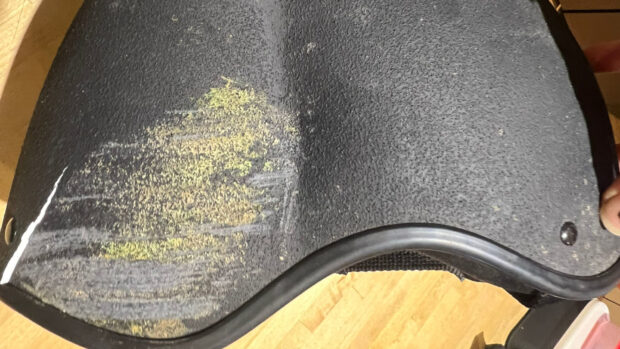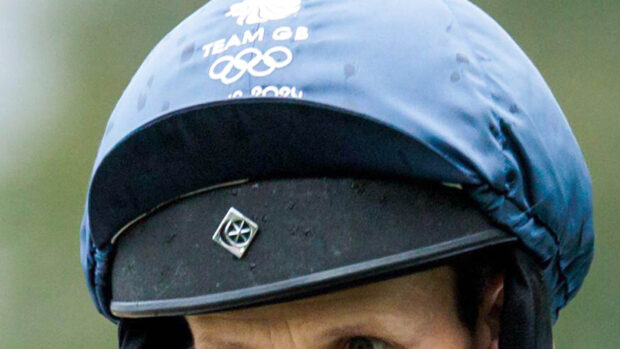Horse industry and safety experts have reacted with caution to impact testing done on the Point Two equine air jacket.
The tests by the Transport Research Laboratory (TRL) in Berkshire are the first formal impact research Point Two has done since its launch in the UK last year.
By dropping a dummy on to its chest and its back, TRL has produced encouraging initial observations about the Point Two — a product that has been the subject of intense debate over the past year.
The report states there is no evidence that the Point Two would exacerbate any neck injury in an accident.
It also suggests the air jacket offered improved protection when worn with a British Equestrian Trade Association (BETA) Level 3 body protector than when the latter was worn alone.
TRL test team manager Vincent StClair told H&H : “There is more to do, but the aim of the project was to show there is no worse effect using the air jacket — something that was a concern to British Eventing [BE], for example.”
Point Two director Lee Middleton said: “We know it’s a good product, riders and doctors have said it’s a good product — this preliminary research backs it up.”
BE chief executive Mike Etherington-Smith described the TRL report as “very positive on the surface” and said it had been passed to BE’s safety committee for recommendations.
“We need to understand exactly what is being said here before commenting further,” he said, adding: “We still believe that a body protector must also be worn with one of these jackets.”
BETA executive director Claire Williams said she was “delighted” the jacket had been tested, but added: “This report does raise more questions than answers.”
Safety testing expert Dr Roderick Woods said the TRL tests are not enough to warrant a call for reviewed safety standards.
“The only way to test airbags is to replicate a genuine accident, record the data and compare it to an autopsy report,” he said.
“In cars, you drive a dummy into a wall — but with a horse it’s virtually impossible because there are so many variables.”
FEI eventing committee chairman Guiseppe della Chiesa told H&H : “We haven’t had the report yet, but it will be useful to understand the benefits.”
He said air jackets are one of many different parts of the “risk management puzzle”, together with education, training, safety fences and so on.
“What is encouraging is the evolution in this area of body protection,” he added.
This article was first published in Horse & Hound (1 April, ’10)



